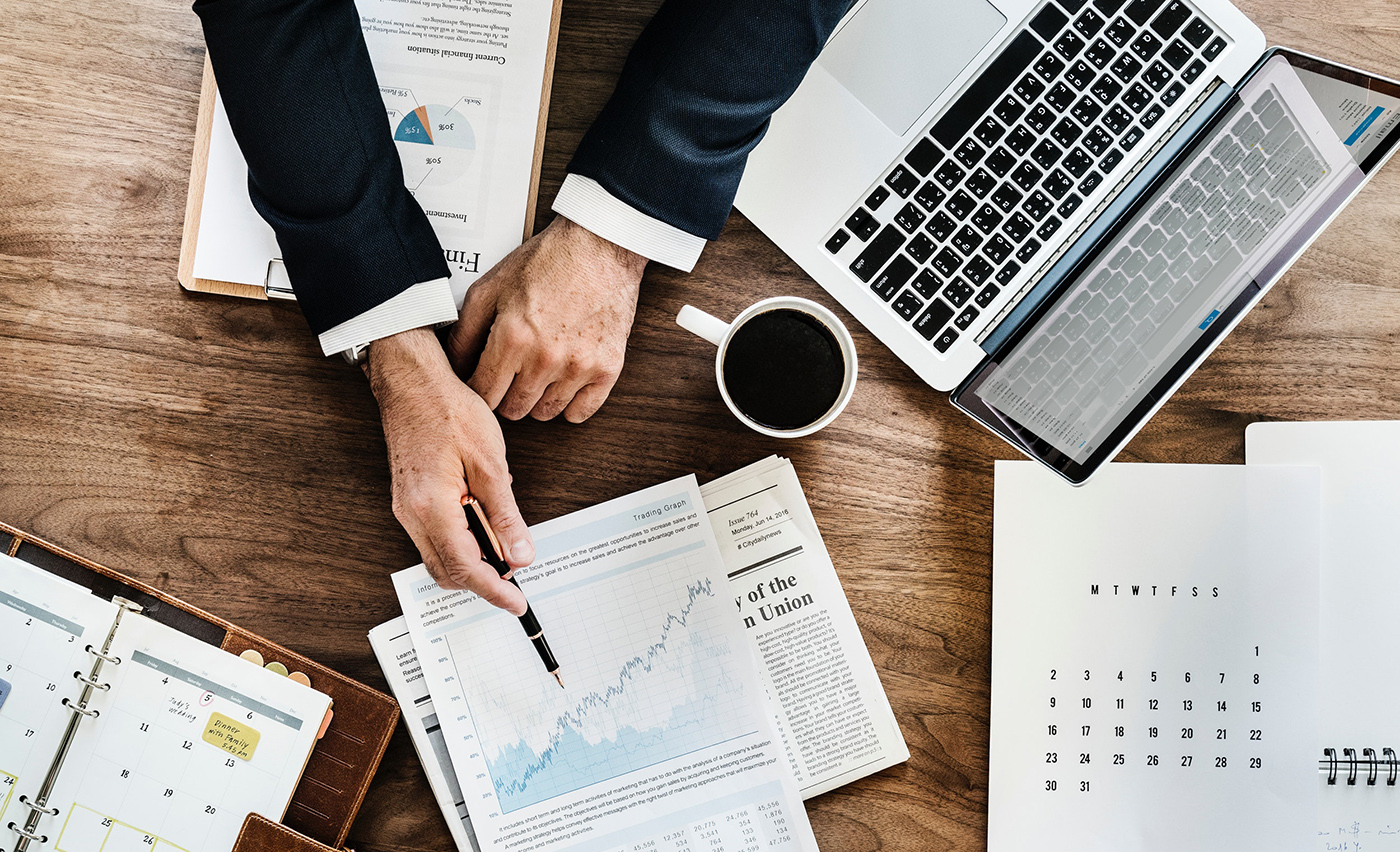The art of investing in Southeast Asia
By Digital News Asia November 20, 2018
- Total deal value in sea projected to reach US$70bil over the next five years
- The region will produce at least 10 new unicorns by 2024

WHEN it comes to investments, Southeast Asia has its foot on the gas. New research from Bain & Company, Investing in Southeast Asia: What’s Behind the Boom, shows the region’s investment ecosystem has reached critical mass and is entering a new phase of growth.
Bain expects deal value over the next five years to total US$70 billion (RM292.86 billion) – double the level of the previous five years – and the region will produce at least 10 new “unicorns,” new companies that rapidly achieve market valuations of US$1 billion or more, by 2024.
“Investment in Southeast Asia over the past decade has been surprisingly low, given the region’s average economic growth of 7% a year, a burgeoning middle class and a rapidly growing pool of digital natives — conditions that ignited a powerful investment dynamic in China and India,” said Suvir Varma, senior advisor to Bain & Company in Southeast Asia.
“By contrast, private equity investment in this region hovered for years between roughly US$6 billion and US$9 billion. As a result, the tipping point took longer to reach, but years of having the right conditions in place helped speed the transition to this next phase of growth.”
Bain points to several factors that likely contributed to higher investment activity across the region:
- A steady influx of new venture capital and private equity participants, which has soared to record levels. In 2017, the number of recorded venture capital deals rose to 524, four times the level of 2012, and private equity deal value rose 75% to US$15 billion, breaking out of a decade-long phase of flat growth.
- Strong investor interest in the region’s tech sector, which attracted the bulk of new capital, rising to 40% of deal count in 2017 from 20% in 2014.
- The region’s maturing bench of startups: more than 1,300 companies in Southeast Asia received a first round of seed, or Series A, financing since 2011, including 261 in 2017 — five times the level of 2011.
- Strong exit momentum and healthy returns that are contributing to a faster pace of investment by accelerating a healthy recycling of capital. In 2017, exit deal value rose to US$16 billion, up 86% from the previous five-year average.
- Creating a single Southeast Asian trade bloc, which continues to increase the attractiveness of the region by reducing tariffs on goods and services and establishing a common trade zone that operates more like a unified economy than a patchwork of national economies.
- Government initiatives that have played an important role supporting venture capital and vibrant startup centers.
“Investing in Southeast Asia is taking off, but new challenges – notably intensifying competition and rising valuations, which are at their highest level in a decade – will require investors to tread carefully,” said Alex Boulton, principal at Bain and co-author of the report.
“At the same time, uncertainty about global economic growth is rising, and new technologies are accelerating disruption across many industries, which could turn up the pressure in sectors such as healthcare and medtech.”
Based on Bain’s experience advising investors across the region, those that succeed in adding significant value to their companies share a common approach based on four principals:
- Take an Asean perspective when evaluating deals. Companies that diversify across Southeast Asia grow faster and reduce the risk of relying on a single economy. They also benefit from the ongoing integration of these markets.
- Identify the right talent for the biggest roles. Bain’s research shows portfolio companies’ leadership is the greatest source of success or failure for value creation in Asia-Pacific investing — and talent is particularly scarce in Southeast Asia.
- Build commercial excellence to boost organic growth. Accelerating top-line growth lifts profitability and magnifies exit multiples, but it’s hard to get right. Only 24% of general partners say they have met top-line expectations in most of their portfolio companies over the last few years.
- Make the most of digital technologies. Top global investors are helping management teams understand how new technologies are shifting their profit pools. Portfolio companies that embrace digital strategies are better positioned to manage disruption and keep pace with rapidly changing markets, particularly in Southeast Asia, which Bain expects will continue moving faster than in Western markets.
Though Singapore remains Southeast Asia’s investment hub, vibrant startup ecosystems are emerging across the region.
The number of companies in Indonesia raising a first round of funding in 2017 rose more than 300% from 2012. Together, Indonesia and Vietnam generated 20% of the region’s private equity deal value over the past five years, and that percentage is likely to grow.
A recent Bain & Company survey showed nearly 90% of investors said the hottest Southeast Asian market outside of Singapore in 2018-19 will be Indonesia and Vietnam.
“Southeast Asia’s investment ecosystem has reached a crucial juncture as it deepens and broadens. We see stronger momentum for investment than in the past — and a growing number of success stories that will continue to attract more capital to the region,” said Varma.
“Still, skilled investors must raise their game to continue producing strong returns in what is still an evolving market.”
Related Stories :


